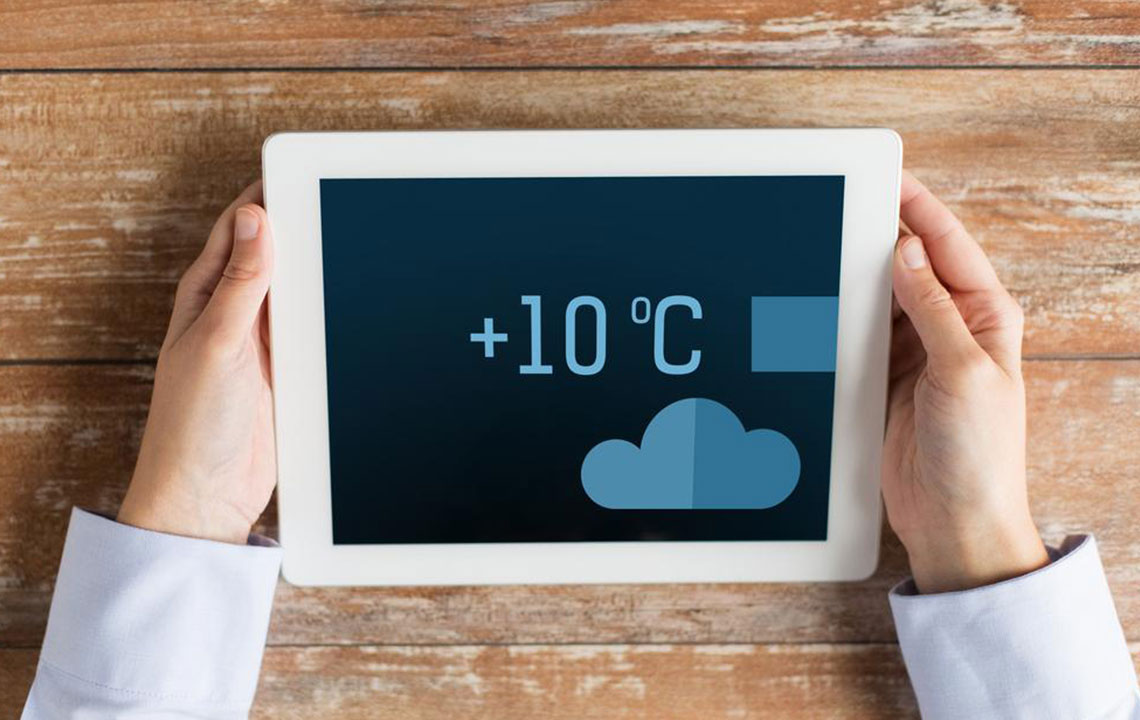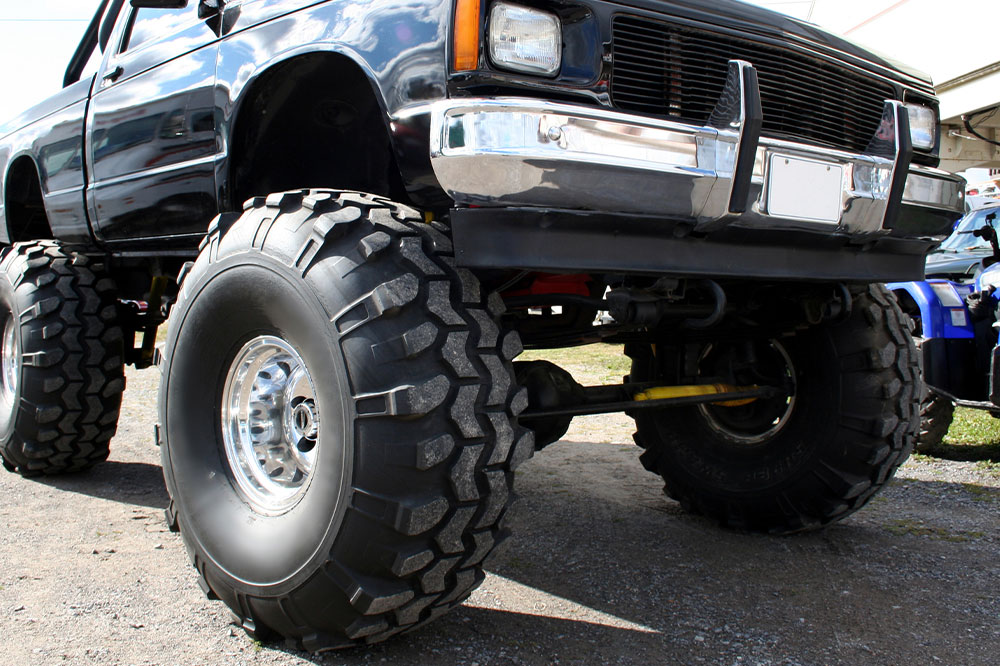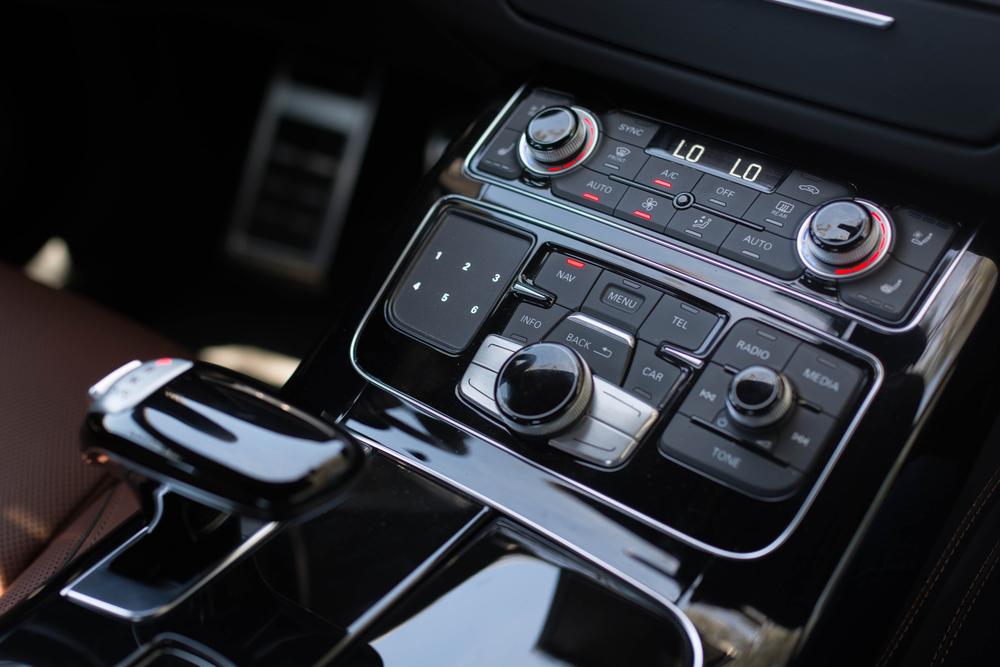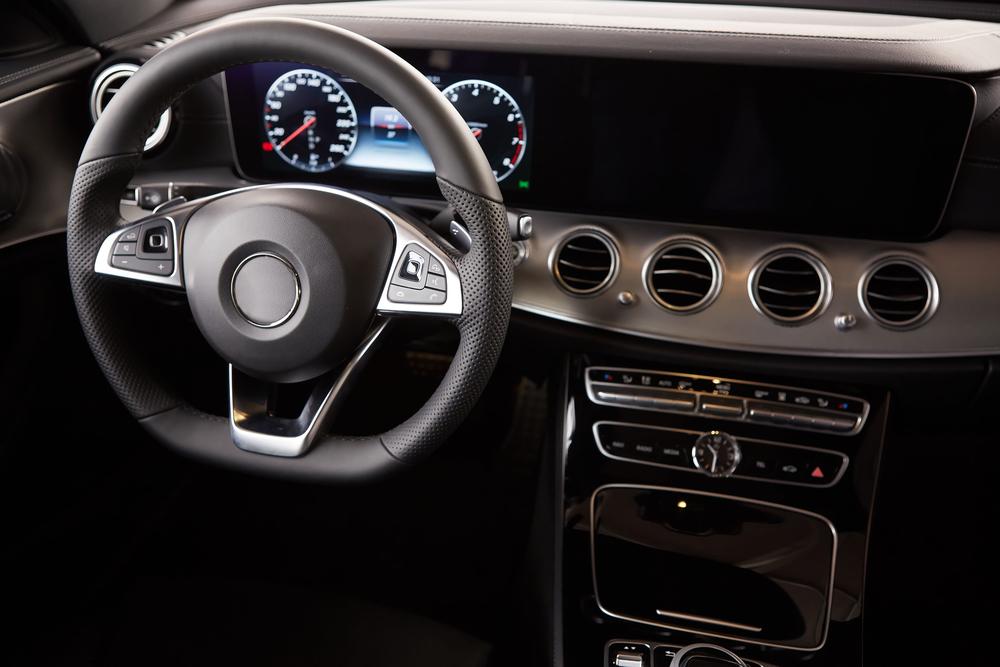Comprehensive Guide to Temperature Measurement Devices and Their Practical Applications
Discover the comprehensive world of temperature measurement devices, including thermocouples, RTDs, thermistors, and traditional thermometers. Learn how these sensors are vital for safety, efficiency, and automation across residential and industrial sectors. Explore their diverse applications from leak detection to fire prevention and remote monitoring, emphasizing the importance of choosing the right device for specific needs to ensure safety and operational reliability.

Comprehensive Guide to Temperature Measurement Devices and Their Practical Applications
In today's world, the importance of accurate temperature measurement cannot be overstated, especially in maintaining safety, efficiency, and comfort in both residential and industrial environments. Temperature measurement devices, often referred to as sensors or detectors, are integral to a wide array of applications, ranging from household climate control to advanced industrial processes. These devices help monitor environmental conditions, prevent hazards, and ensure optimal operation of machinery and facilities. As technology progresses, a variety of temperature sensing solutions have emerged, each tailored to specific requirements, offering enhanced precision, reliability, and ease of integration into modern systems.
Typical Categories of Temperature Sensors
In the realm of temperature measurement, there are four primary categories of sensors recognized for their widespread use and effectiveness: thermocouples, Resistance Temperature Detectors (RTDs), thermistors, and traditional thermometers. Each type has unique properties and applications, making the selection process crucial based on the environmental conditions, required accuracy, and operational context.
Thermocouples are known for their durability and ability to measure a wide temperature range, making them suitable for industrial environments, kilns, and high-temperature processes. Resistance Temperature Detectors or RTDs provide highly accurate readings and stability, ideal for laboratory use and critical process control in manufacturing. Thermistors, with their high sensitivity to temperature changes, are often employed in medical devices, household appliances, and electronic circuit boards. Traditional thermometers, including digital and mercury types, remain common for everyday use, offering simplicity and reliability in routine temperature assessment.
Beyond these primary sensors, modern security and safety systems incorporate specialized detectors designed to protect property and life. These include glass break sensors, water leak detectors, heat sensors, and sump pump monitors, each serving a specific function in safeguarding environments from different potential threats.
Key Applications of Temperature Sensors
Water leak detection near water heaters, basement plumbing, or refrigeration units helps identify even minor leaks of approximately 4mm, preventing flooding, water damage, and mold growth caused by unnoticed temperature or humidity fluctuations.
Heat detectors installed in conjunction with heating and fire protection systems serve as early warning tools for sudden temperature rises, significantly reducing the risk of fires and heat-related hazards.
Glass break sensors are essential for security, particularly on large glass surfaces such as patio doors, windows, or sunrooms; they detect the sound or vibration of breaking glass, alerting occupants or security personnel promptly.
Wireless low-temperature sensors are used to monitor indoor environments, triggering alerts when ambient temperatures fall below critical thresholds, such as 40°F. This plays a vital role in preventing pipe freezing, especially during cold winter months, thereby avoiding costly repairs and water damage.
In commercial and industrial sectors, temperature sensors are crucial for maintaining the integrity of refrigeration units, heating systems, and climate control mechanisms. Industries such as food processing, brewing, pharmaceuticals, and hatcheries place a premium on precise temperature regulation to ensure product quality, safety, and regulatory compliance. Many modern security systems incorporate smartphone-controlled applications, allowing users to remotely monitor and manage temperature conditions in real time, providing peace of mind and operational flexibility.
Choosing the right temperature sensor depends on several factors—accuracy, range, environment, and intended use. Proper selection is essential to prevent malfunctions and false alarms, ensuring that the environmental conditions are consistently maintained within safe and optimal limits. With advances in sensor technology, connectivity options, and smart home integration, users can now enjoy enhanced safety, efficiency, and convenience.
As industries and households continue to evolve, the deployment of reliable temperature measurement devices becomes more critical than ever. The integration of these devices into automation systems not only enhances safety and comfort but also drives efficiencies that translate into cost savings and improved quality of life.





